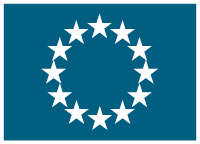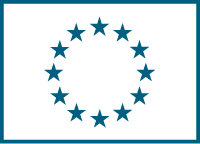Geometric control of the cell cycle in the fission yeast
(GeometryCellCycle)
Date du début: 1 sept. 2010,
Date de fin: 31 août 2016
PROJET
TERMINÉ
Cell cycle progression is monitored by checkpoints that ensure the fidelity of cell division and prevent unrestricted cell proliferation. Checkpoints also serve to couple cell size with division – a mechanism important to adapt to changing environmental conditions.While most studies on cell size homeostasis have focused on the links between size and biosynthetic activity, we have recently discovered a novel geometry-sensing mechanism by which fission yeast cells couple cell length with entry into mitosis. Conceptually, the system is remarkably simple: it is composed of a signal – the protein kinase Pom1 – forming concentration gradients from the ends of the cells, which inhibits a sensor – the protein kinase Cdr2, itself an activator of mitotic entry – placed at the cell equator. Since Pom1 concentration at the cell middle is higher in short cells than in long cells, this suggests a model where Pom1 inhibits Cdr2 until the cell has reached a sufficient length.These findings open a conceptually new way of thinking about cell size homeostasis and suggest that cell polarity and cell shape have important effect on cell cycle progression. The proposed project investigates the mechanisms and functional importance of this geometry-sensing system through four specific aims:Aim 1. Defining and modeling the molecular mechanisms of Pom1 gradient formationAim 2. Dissecting the mechanisms of Pom1 actionAim 3. Investigating the influence of altered cell shape on cell proliferationAim 4. Exploring the effect of environmental stresses to the Pom1-Cdr2 systemBy combining genetic, biochemical, physical, live-imaging and modeling approaches, this project will provide an integrated understanding of how cell geometry can be perceived at the molecular level and how this information is transduced to control cell proliferation. This work will have wide-ranging implication for our understanding of gradient formation, cell size homeostasis, and the role of cell polarity in proliferation. It will thus be of interest to cell, developmental and cancer biologists alike.
Accédez au prémier réseau pour la cooperation européenne
Se connecter
ou
Créer un compte
Pour accéder à toutes les informations disponibles
Coordinateur
Université de Lausanne
€ 1 500 000,00- Nadine Thomas
- Quartier UNIL-Centre 1015 Lausanne (Switzerland)
Details
- 100% € 1 500 000,00
-
 FP7-IDEAS-ERC
FP7-IDEAS-ERC
- Projet sur CORDIS platform



